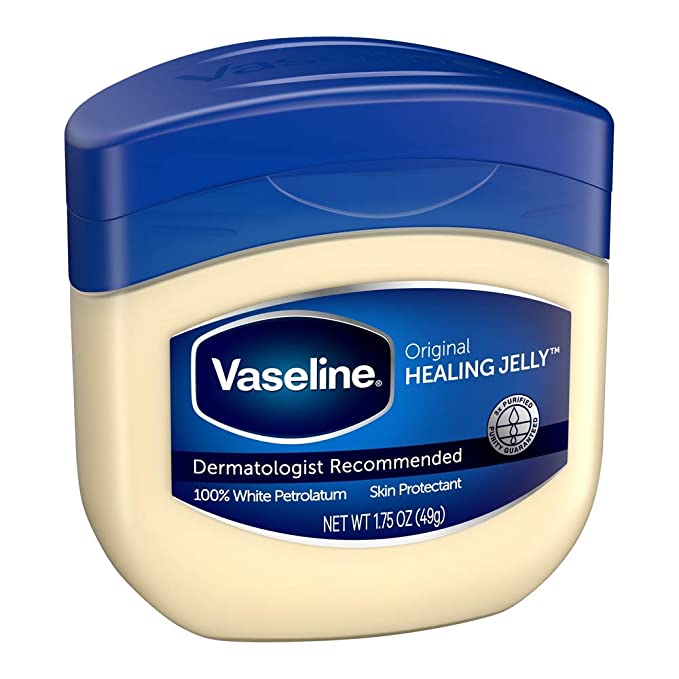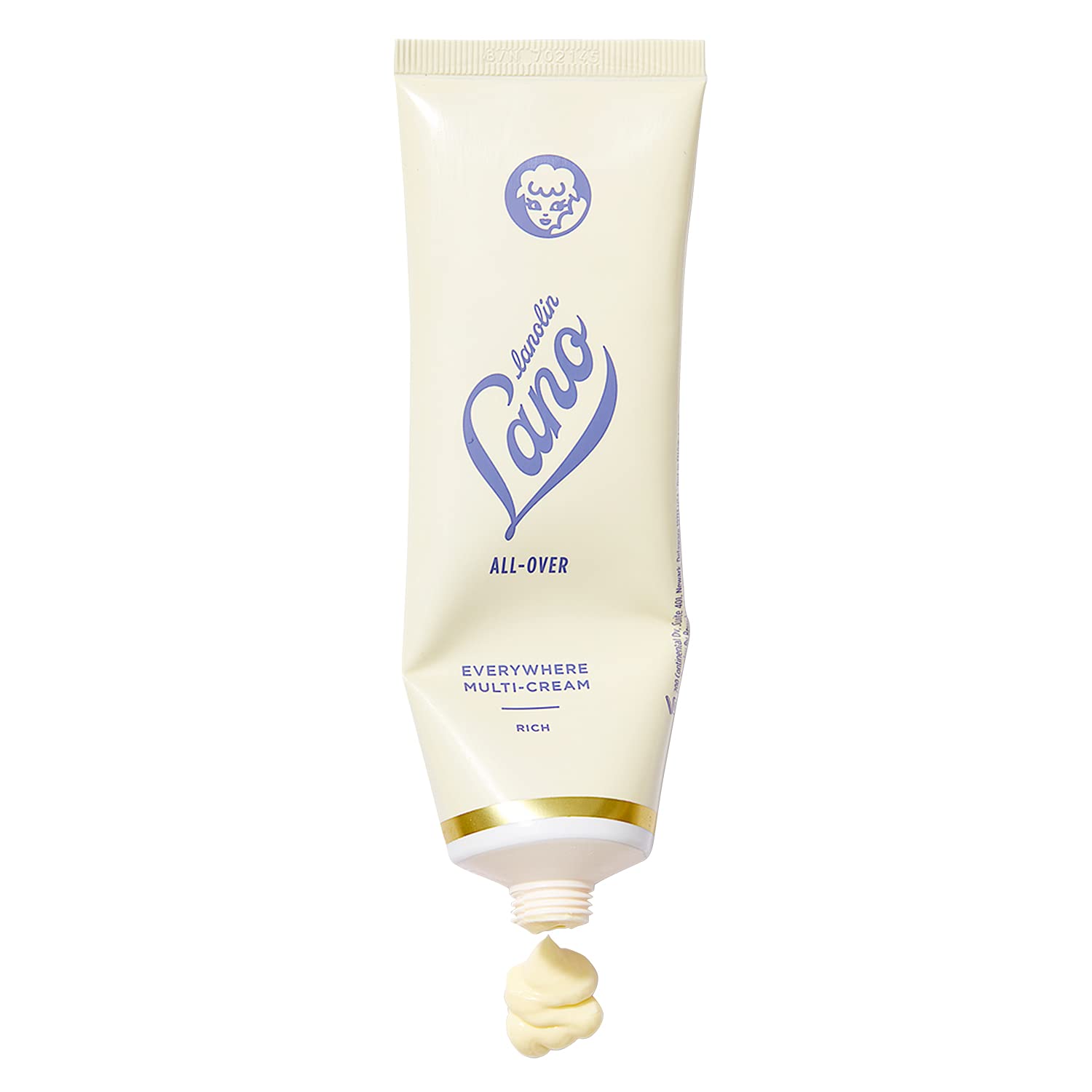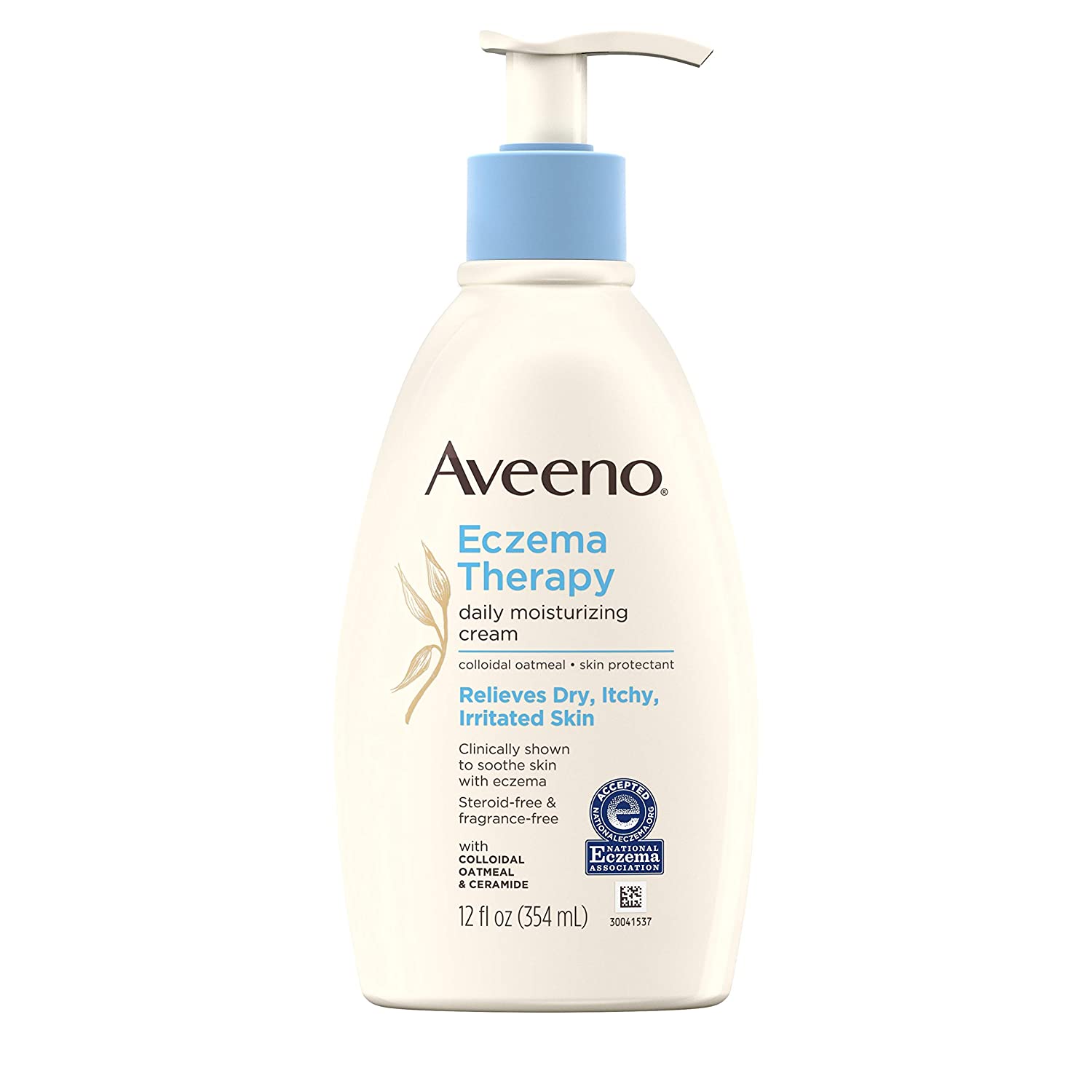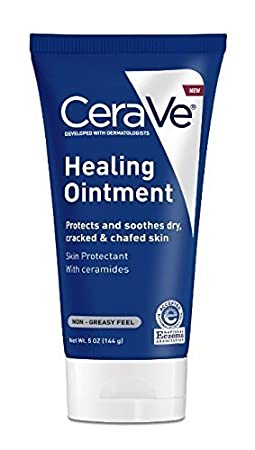I was willing to try almost anything to remedy the dry, cracked skin on my heels. But despite weekly spa pedicures, regular deep exfoliations with the viral Baby Foot Peel, and slathering my skin with Aquaphor every night before bed, nothing worked. I later realized why my methods were ineffective: I wasn’t just dealing with regular dry skin—I had foot eczema.
What is foot eczema?
According to Joshua Zeichner, MD, a board-certified dermatologist in New York, foot eczema is fairly common. “The skin on the feet is exposed to environmental trauma perhaps more than any other part of our body because of daily walking,” he says. Our feet then become touch because this repeated trauma invokes an immune response, and our skin tries to defend itself by forming calluses.
Over time, this can lead to a weakened skin barrier, which makes you more prone to eczema. “Eczema a condition of skin sensitivity where the skin is prone to irritation and dryness,” says Rachel Nazarian, MD, FAAD, a board-certified dermatologist based in New York. “When eczema is triggered, the skin reacts by overproducing skin cells that can lead to dry patches that become itchy and inflamed and usually appear flaky, pink, or red. Because eczema reacts to the lack of humidity in cold air, dry, chilly temps can cause the level of itchiness to go from zero to 100 really quick.”
I noticed the tops of my toes becoming dry and cracked, ultimately peeling in layers. It was painful to stretch and flex my feet because I was reopening wounds that had formed. The same thing happened on my heels, which is what made me realize I was likely dealing with something other than standard dry skin.
Foot eczema causes
Eczema is a genetic condition characterized by a weakened skin barrier, so if you’ve experienced it on other parts of your body, you may be prone to experiencing it on your feet, too. There are a number of different things that can cause foot eczema, but according to Dr. Zeichner, the most common culprits are socks and shoes rubbing against your feet, which leads to irritation and inflammation.
“In some cases, adhesives or dyes used in socks or sandals can cause an allergic reaction known as contact dermatitis, a form of eczema too,” says Dr. Zeichner. Foot eczema is most common on the tops of your feet and toes, but can also show up on your heels.
How to treat foot eczema
Like most skin conditions, you need to get ahead of them by sticking to routines. Moisturizing your feet on a daily basis is absolutely key but it’s only a start. Keeping your feet as clean as possible and free from sweat, not soaking them in hot water, and refraining from over-exfoliating are equally important. Over-exfoliating was the biggest problem for me. All of the products I felt would help buff away dry skin were actually sensitizing my skin, which resulted in a weakened skin barrier and ultimately, eczema.
“We treat eczema in two ways. First, moisturizers can help repair the skin barrier and hydrate the skin. Second, cortisone creams can help reduce inflammation. If over-the-counter cortisone cream is not helping you can speak to your dermatologist about a prescription version,” says Dr. Zeichner.
Below, the products he recommends for keeping your feet in comfortable walking shape all winter.

Vaseline 100% Pure Petroleum Jelly — $4.00
Petroleum jelly is often referred to as skin care’s Swiss Army Knife, and treating eczema is one of its many uses. “Especially for thick, rough skin, heavy ointments like Vaseline Petroleum Jelly are very helpful,” says Dr. Zeichner.
Board-certified dermatologist Sandra Lee, MD, aka Dr. Pimple Popper and the founder of SLMD Skincare, agrees. “It’s wonderful if you have eczema, as it can help alleviate and control related flare-ups,” she previously told Well+Good.

Lano Allover Everywhere Multi-Cream — $17.00
“This product contains lanolin to help protect the skin, including the feet,” says Dr. Zeichner. “Lanolin is made naturally by sheep, and it is the ingredient that helps protect the sheep’s wool and forms a waterproof seal.” One thing to keep in mind: Lanolin can cause irritation in certain skin, so if you’ve ever had an allergic reaction to wool, it’s best to steer clear.

Aveeno Eczema Therapy Daily Moisturizing Cream — $17.00
This cream from Aveeno is ideal if you’re looking for a lighter formula. If you experience minor eczema on the tops of your feet or toes, it’s a great option. The formula includes colloidal oatmeal, which instantly relieves itchiness and helps calm irritation.
Want to be the first to hear about the latest (and greatest) SHOP product drops, custom collections, discounts, and more? Sign up to have the intel delivered straight to your inbox.
Our editors independently select these products. Making a purchase through our links may earn Well+Good a commission.

